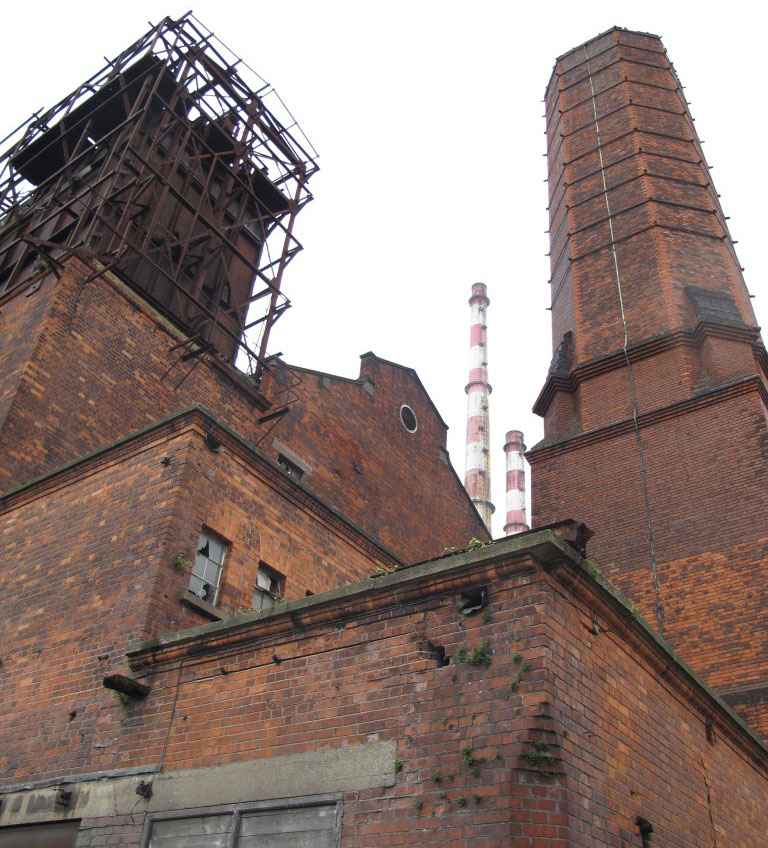
Figure 1: Rusted coal hoppers on the left hand side of the image. Reduced height chimney on the right hand side standing 36.5m.
Pigeon House Power Station has recently featured in Open House Dublin on Saturday the 13th of October. City Architects would like to thank all of you who participated in Open House Dublin and braved the elements in what was a very wet day that failed to dampen the enthusiasm for the 13th annual event. City Architect’s and the Structural Engineering Section have carried out feasibility studies of the Pigeon House proposing a number of options for the future use, protection and stabilisation of this listed building.
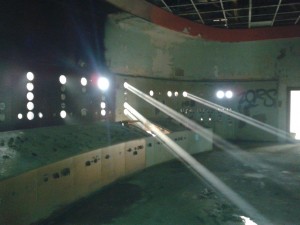
Figure 2: Control Room
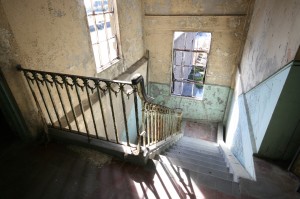
Figure 3: Access stairs to the Control Room
The Pigeon House Power Station is one of the largest protected structures in Ireland and one of the few examples of industrial architecture remaining within the city. The Power station is located on Pigeon House Road on the Poolbeg peninsula and overlooked by the iconic Poolbeg chimneys.
Dublin Corporation began construction of the coal fired power station in 1902 with the foundation stone being laid by the Lord Mayor of Dublin TC Harrington. The power station was the first in the world to generate three phase power and produced its first electricity in 1903. As the demand for electricity grew so too did the station with at least three large phases of expansion beginning in 1902, 1911 and 1933. The station was run by the Dublin Corporation Lighting Committee prior to being sold to the newly formed Electricity Supply Board in 1929. The long red brick boiler house has an internal steel stability frame extending northerly 136m and 17m wide. The rusted steel hoppers on the west of the building stand 25m high and supplied the coal boilers. The original 57 m high chimney to the south of the boiler house has been reduced in height to 36.5m. To the east of the boiler room the reinforced concrete engine room and control building are located. At its peak the station produced a maximum output of 95 MW for the national grid before being superseded by a new oil-fired station in 1965 (Poolbeg Generating Station). The Pigeon House was eventually decommissioned in 1976 before returning to the ownership of Dublin City Council in 2004.
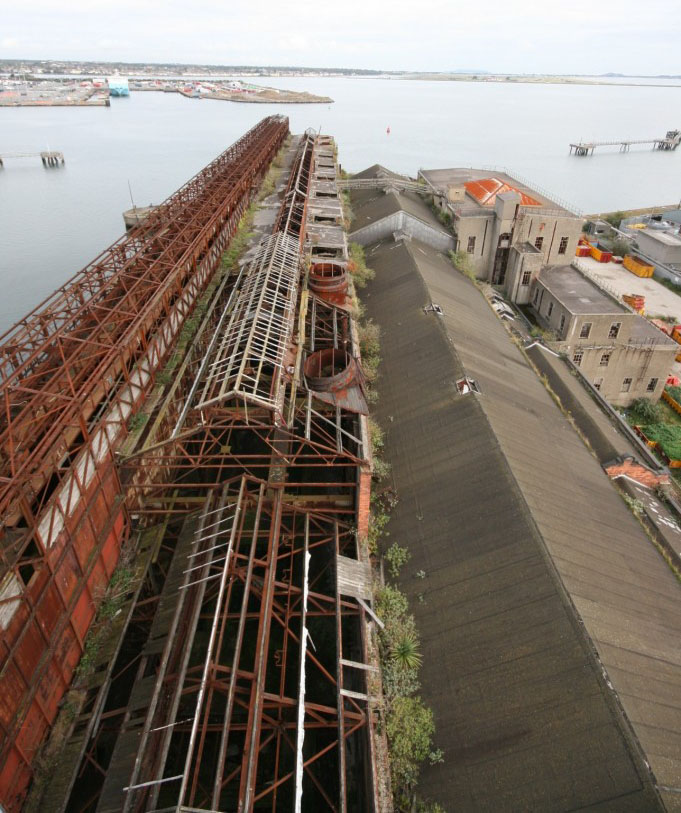
Figure 4: Aerial shot taken from the south of the boiler station during roof truss inspection
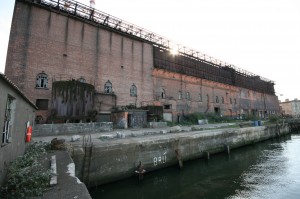
Figure 5: 137 m long west elevation
